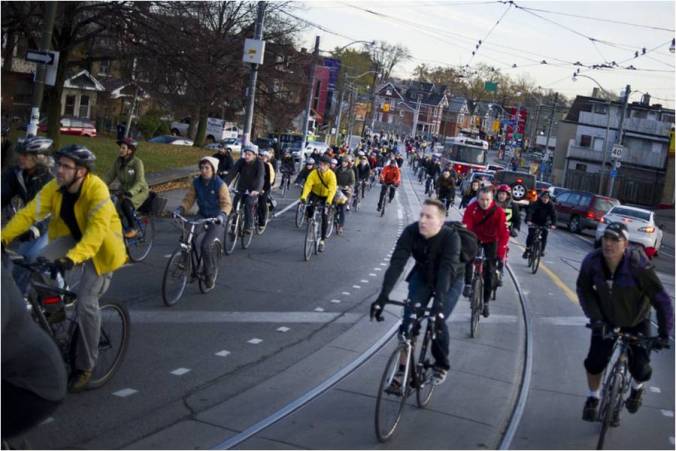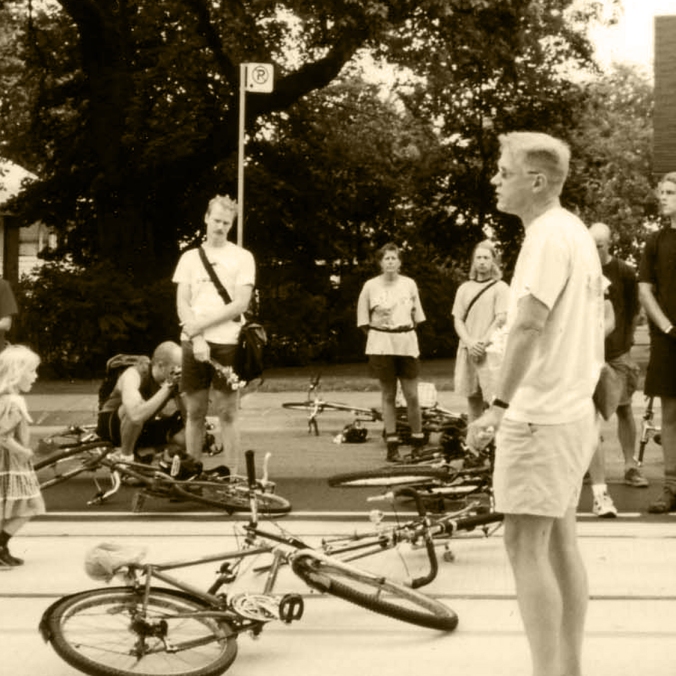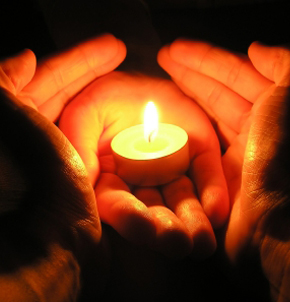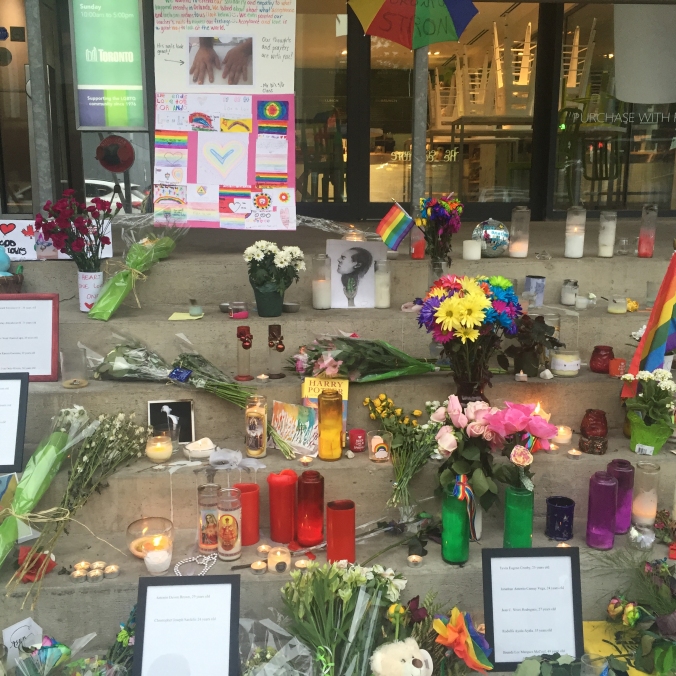
Orlando Memorial at the 519 in Toronto
I regret only stopping by briefly to pay my respects at this memorial for the Orlando shooting that has been growing at the 519 Community Centre in the heart of Toronto’s lgbt village. I was on my way elsewhere with a group of people and when we stopped to read the names. I struck by how young so many of them were and I must have said that out loud. “Yes, they were”, said a very quiet voice behind me.
I turned to see a kind, sad face of a woman looking at me. She started to tell me about a friend of hers who was killed, but his name could not be listed because he was not out to his family. She had no where to go to remember who he was. She spoke so quietly I could barely hear her. For a few minutes we were quiet together. I said I was grateful that she told me about her friend and how important I thought it was that she remembered him as he would want to be remembered.
Another very kind woman at the site offered me a cup of tea. I supposed she was with the 519, and they were trying to create some hospitality for folks who were stopping by. I said no and caught up with my group. But since then I wish I had stayed or returned back to spend some real time there, just being with people who are wandering around, looking for a place to remember, a place to find a bit of comfort and company. How important it is to create actual physical places for people to mourn and to comfort each other.
So much has been taken in Orlando. Little acts of compassion and hospitality are so important. The queer community has always created it’s own places of welcome and care and we will repair the breach that has been opened by this violent act of hate — one story and one cup of tea and one candle and one name at a time.
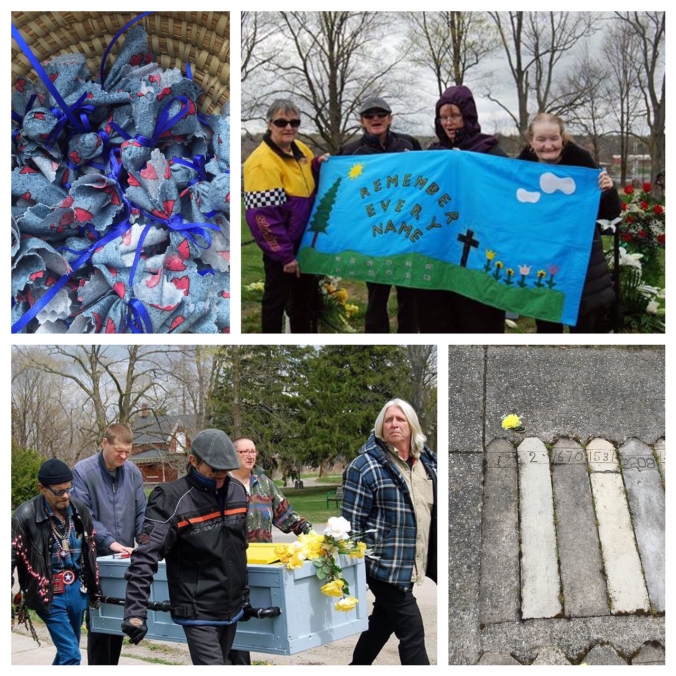 I was very honoured to walk with the survivors at the “Lost but not Forgotten” Memorial at the Huronia Regional Centre cemetery in May this year.
I was very honoured to walk with the survivors at the “Lost but not Forgotten” Memorial at the Huronia Regional Centre cemetery in May this year.
